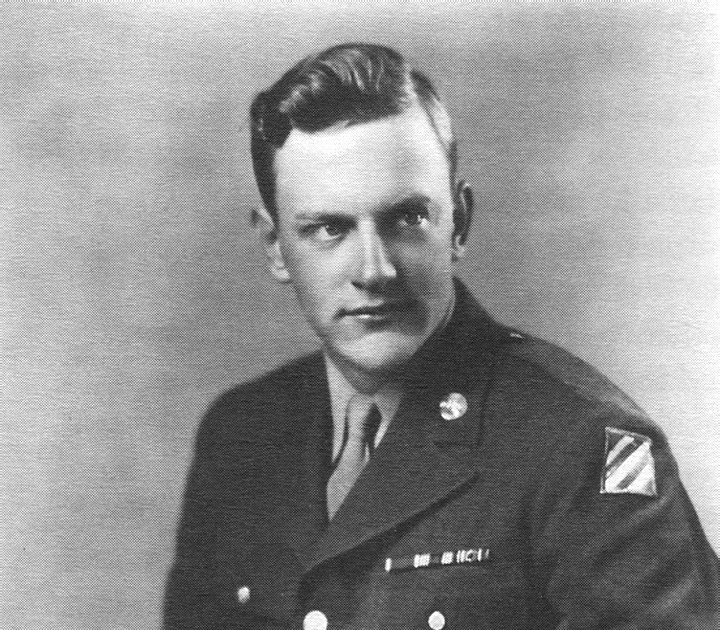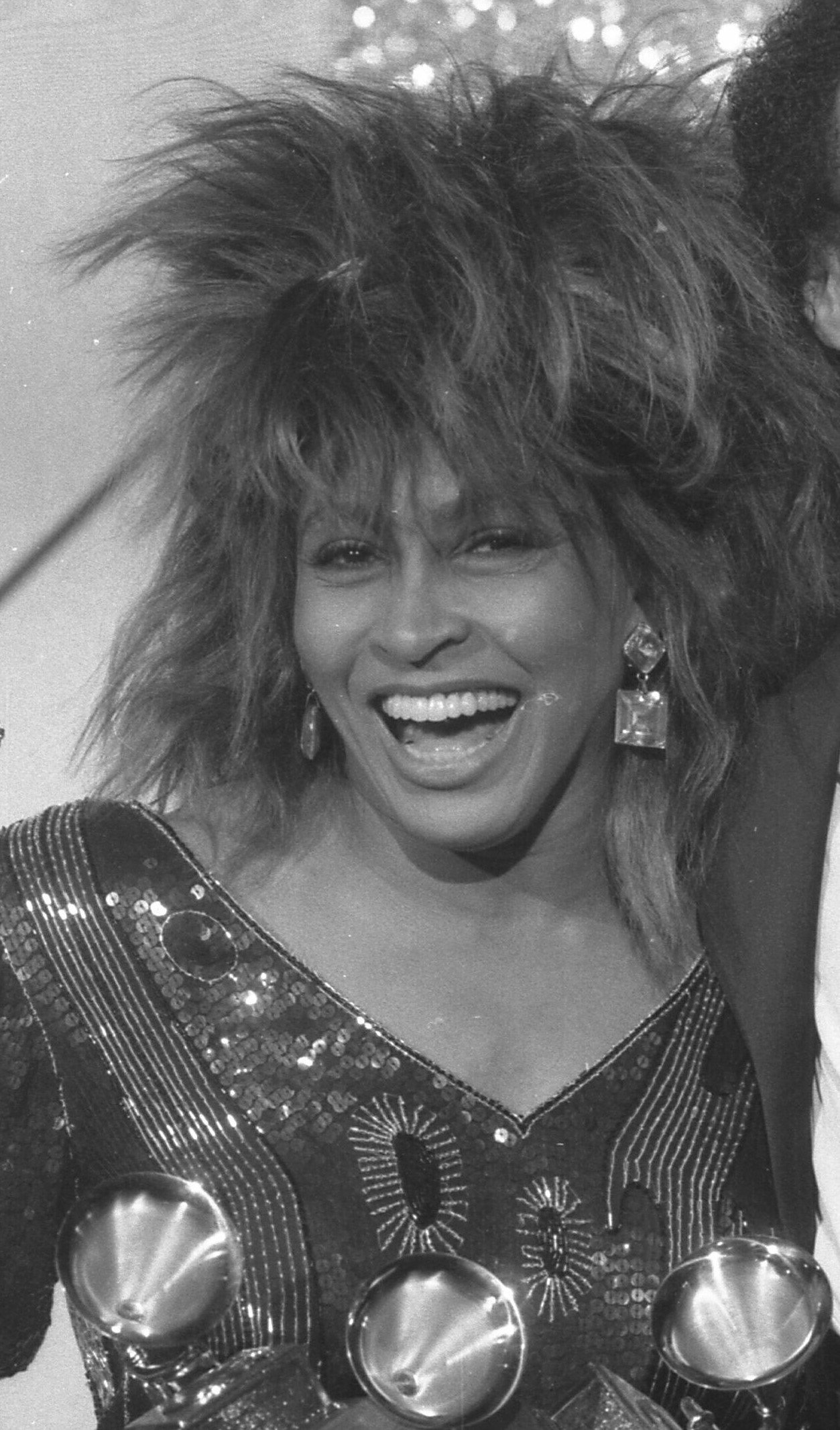The entertainment world recently paused to acknowledge the passing of Lou Cutell, a veteran character actor whose career spanned an impressive five decades across film, television, and theater. At the age of 91, Cutell left behind a rich legacy of memorable performances, often bringing a unique blend of understated charm and comedic timing to even the smallest of roles. His death, announced by close friend Mark Furman, marked the end of an era for a performer who consistently enriched the tapestry of Hollywood productions.
Cutell’s ability to imbue his characters with distinct personality, whether as a one-off guest star or in more extended arcs, made him a familiar and cherished face to generations of viewers. His work embodied the very essence of a character actor – individuals whose versatility and dedication to their craft provide vital support to countless narratives. This comprehensive look at his life and career aims to honor his significant contributions to the performing arts, examining the roles that defined him and the lesser-known facets of his extraordinary journey.
In this first part of our tribute, we delve into the immediate reactions following his passing, explore his most recognized roles that cemented his place in pop culture, and trace the early steps of his illustrious career from the Broadway stage to his foundational television appearances, highlighting the sheer breadth of his talent and dedication.

1. **His Passing and Heartfelt Tributes**The news of Lou Cutell’s death on November 21, 2021, at the age of 91, was shared by his friend Mark Furman in a poignant Facebook post. Furman, a bereaved buddy, reflected on Cutell’s long and full life, stating, “After 91 years, and a great life, my friend Lou Cutell went home.” This personal announcement provided a touching insight into the bonds Cutell forged throughout his life, extending beyond his professional colleagues.
Furman’s post concisely encapsulated some of Cutell’s most iconic roles, reminding the public of his widespread impact across different mediums. He highlighted Cutell’s portrayal of “Big Larry in Pee Wee’s Big Adventure, A– Man in Seinfeld, Abe in Grey’s Anatomy S12,E4,” demonstrating the actor’s impressive range and enduring presence in popular culture. The post also included a personal anecdote, revealing, “He took me to Lucille Ball’s house in 1986,” a detail that speaks volumes about Cutell’s connections within the industry and his generosity.
The official Pee-wee Herman Twitter account also shared a heartfelt tribute, reflecting on Cutell’s unique qualities. “Besides my own film, my favorite thing Lou acted in was when he played an alien doctor in 1965’s ‘Frankenstein Meets the Spacemonster.’ In real life, he was wonderful—sweet, caring and unassuming. He was also slyly and wickedly funny,” the thread read, offering a glimpse into Cutell’s personality off-screen.
Pee-wee Herman further elaborated on the actor’s final days, stating, “Lou was surrounded by family who loved him when he passed. A couple of days before, I was lucky enough to be able to tell him how much he meant to me and that I’d never forget him. It’s obvious and corny to say, but nevertheless true: he was amazing.” These tributes collectively painted a picture of a man cherished not only for his professional talent but also for his warm and witty character.
Read more about: Tristan Rogers: Honoring the Enduring Legacy of the ‘General Hospital’ Icon and Voice of Disney’s Jake at 79
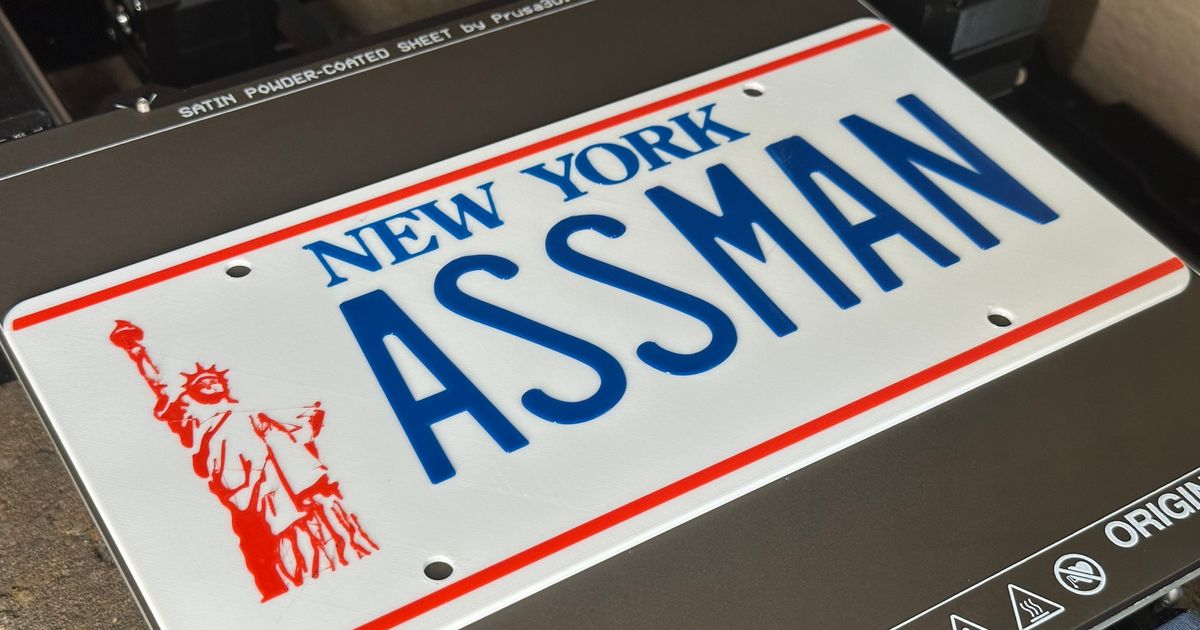
2. **The Iconic ‘Assman’ Role in ‘Seinfeld’**Among his myriad roles, Lou Cutell is perhaps most famously remembered for his appearance as Dr. Howard Cooperman in the iconic “Fusilli Jerry” episode of “Seinfeld.” This 1995 episode etched him into the annals of television comedy history as the mysterious “Assman,” a character whose identity became a central, hilariously absurd plot point. The enduring popularity of “Seinfeld” ensured that this particular role would be a defining one for Cutell.
The episode revolves around Kramer (Michael Richards) mistakenly receiving vanity license plates that read “ASSMAN.” Perplexed by their origin, Kramer deduces that they must belong to a proctologist. This comical assumption leads him on a quest to uncover the owner, a journey that eventually brings him face-to-face with Dr. Cooperman, played with perfect deadpan delivery by Cutell. The reveal that Dr. Cooperman is indeed the owner of the infamous plates, and seemingly quite proud of the moniker, is a classic “Seinfeld” moment.
Cutell’s portrayal of Dr. Cooperman was masterful in its understated humor. He managed to convey a sense of gravitas and professionalism while embracing the absurdity of the situation, making the character believable even within the surreal world of “Seinfeld.” His brief but memorable appearance showcased his ability to steal a scene and leave a lasting impression, a testament to his skill as a character actor. The phrase “Assman” became a beloved pop culture reference, forever linked to Cutell’s performance.
Moreover, the storyline involving Dr. Cooperman and the license plates ties into a broader comedic arc involving Frank Costanza (Jerry Stiller), who ends up as the specialist’s patient. This interconnectivity of plots, a hallmark of “Seinfeld,” further solidified Cutell’s role as an integral part of one of the show’s most celebrated episodes. The impact of this single appearance far outstripped its screen time, cementing Cutell’s status as a cult figure among “Seinfeld” enthusiasts.
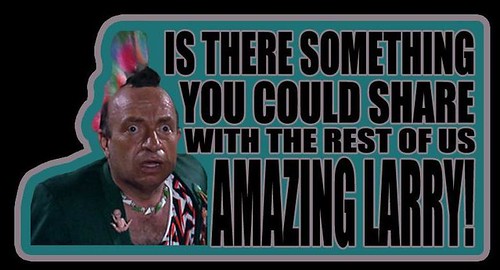
3. **’Pee-wee’s Big Adventure’ as Amazing Larry**Another significant role that cemented Lou Cutell’s place in cinematic history was his portrayal of Amazing Larry in the 1985 film “Pee-wee’s Big Adventure.” Directed by Tim Burton, this cult classic provided Cutell with a platform to showcase his distinctive comedic style to a wider audience, becoming one of his most recognized film contributions alongside his television work. The film’s quirky nature perfectly suited Cutell’s unique acting presence.
As Amazing Larry, Cutell played a minor but memorable character, the owner of a novelty store where Pee-wee Herman purchases several gag items. Larry’s rainbow-colored Mohawk and eccentric demeanor made him an instant standout in a film already populated by unusual characters. Cutell embraced the over-the-top aesthetic, delivering a performance that was both funny and endearing, perfectly aligning with the whimsical tone of the movie.
His interaction with Pee-wee Herman, particularly the scene where Pee-wee tries out various gags, is a highlight. Cutell’s reactions and deadpan delivery as Pee-wee cycles through different silly items added greatly to the scene’s comedic value. This role showcased his talent for physical comedy and his ability to hold his own alongside the intensely quirky lead character, making Amazing Larry an unforgettable part of Pee-wee’s cinematic journey.
Mark Furman, in his tribute, specifically mentioned “Big Larry in Pee Wee’s Big Adventure,” underscoring the role’s importance in Cutell’s filmography. The official Pee-wee Herman Twitter account also paid homage, noting, “The Amazing Larry in ‘Pee-wee’s Big Adventure,’ passed away on Sunday.” This widespread recognition highlights how deeply Cutell’s performance resonated with fans and industry peers alike, ensuring his legacy in this beloved film.

4. **Early Life and Broadway Beginnings**Lou Cutell’s journey into the performing arts began far from the bright lights of Hollywood sets, tracing back to his roots in New York City. Born on October 6, 1930, to Sicilian parents, Cutell spent his formative years in a bustling metropolis that would eventually become a hub for his early theatrical ambitions. This background provided him with a diverse cultural upbringing that may have informed his versatile acting style.
His academic pursuits led him to the West Coast, where he moved with his family to Los Angeles, California. There, he earned a bachelor’s degree at the University of California, laying an educational foundation before fully committing to his passion for acting. This move from East to West Coast would prove significant, bridging his theatrical beginnings with his eventual prolific screen career.
Cutell began his professional acting career in 1961, making his debut on Broadway in the musical “The Young Abe Lincoln.” He took on the role of William Berry in this production, which, although having a brief run on Broadway, also played Off-Broadway for a period. This initial foray into professional theater marked the commencement of what would become a remarkable and enduring career, demonstrating his early commitment to the craft.
This Broadway start was a pivotal moment, showcasing his talents on a respected stage and setting the course for his future endeavors. It highlighted his versatility even then, participating in a musical production. “The Young Abe Lincoln” provided him with invaluable experience and the initial recognition that would propel him into an extensive and varied career across different entertainment mediums.
Read more about: Hollywood’s Enduring Icons: A Look at the Longest-Living Stars Who Shaped Entertainment
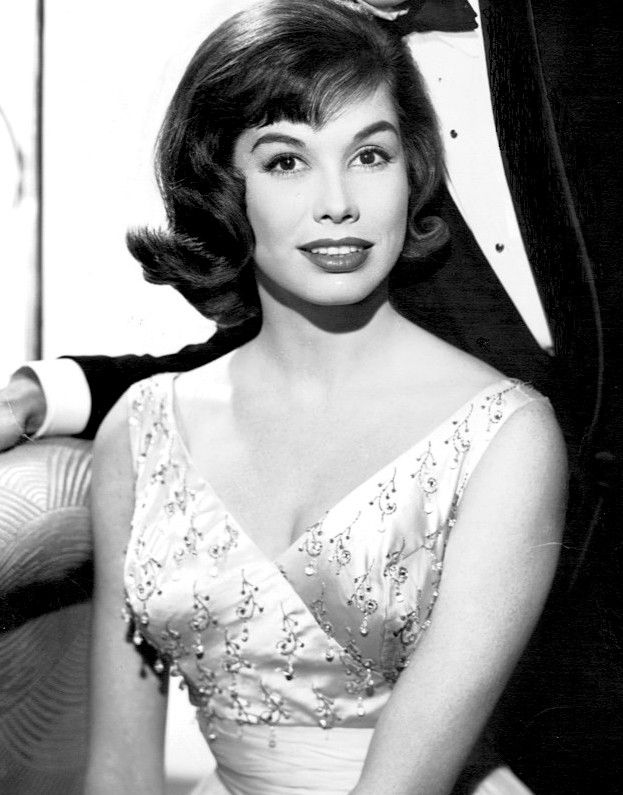
5. **Television Debut: ‘The Dick Van Dyke Show’**Following his theatrical debut, Lou Cutell swiftly transitioned to the burgeoning medium of television, making his screen debut in 1964 with an appearance on “The Dick Van Dyke Show.” This iconic sitcom, a cornerstone of classic American television, provided Cutell with his first opportunity to reach a wide audience through the small screen, a medium he would extensively grace throughout his career. His role as Vinnie in one episode marked the beginning of his prolific television presence.
“The Dick Van Dyke Show” was renowned for its sharp writing and talented ensemble cast, making it a prestigious platform for any actor. Cutell’s guest spot in such a highly regarded series immediately positioned him within a quality production, indicating the industry’s early recognition of his capabilities. This initial television experience was crucial in shaping his journey as a character actor who would become a familiar face in countless households.
From this promising start, Cutell’s television career took off rapidly. The experience gained from working on a top-tier show like “The Dick Van Dyke Show” undoubtedly prepared him for the diverse range of guest-starring roles that would soon follow. It was a foundational step, demonstrating his adaptability from the stage to the demands of television production, including its faster pace and different performance nuances.
The appearance set a precedent for what would become a defining characteristic of his career: a reliable and versatile presence in episodic television. It underscored his ability to seamlessly fit into various narrative contexts, lending his distinctive acting style to a wide array of characters in different genres. This early success on television laid the groundwork for decades of consistent work.
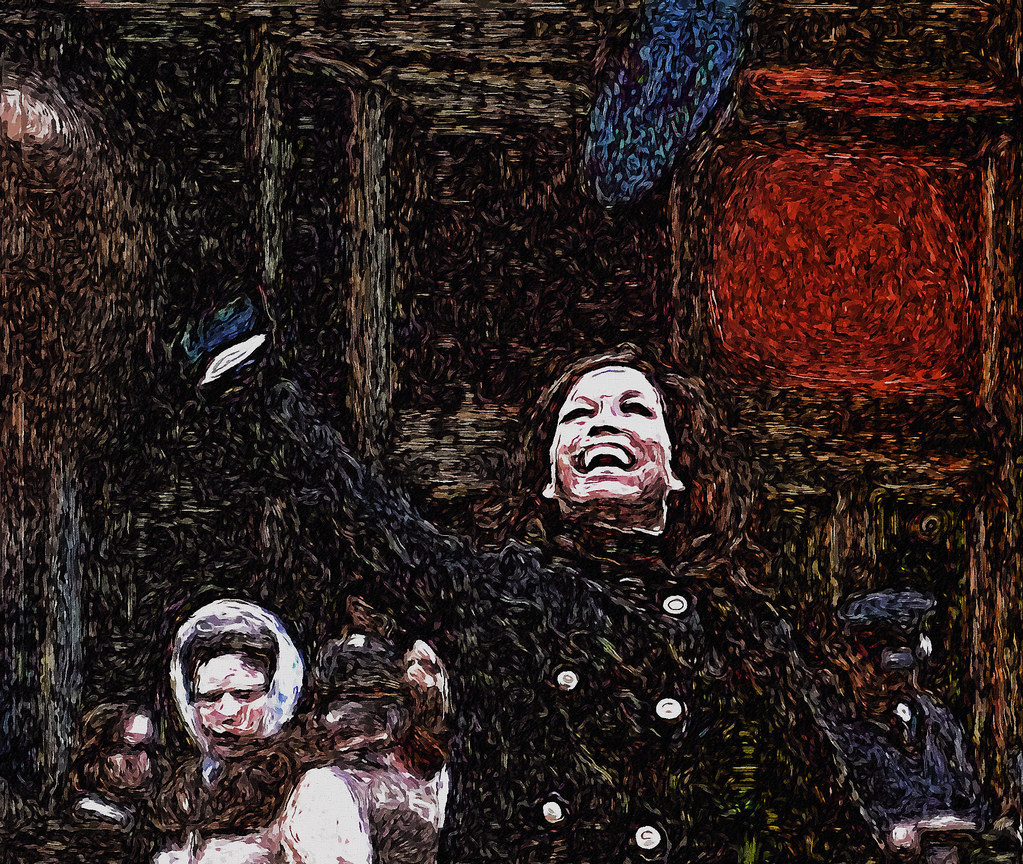
6. **Prolific Character Actor on Classic TV**After his debut on “The Dick Van Dyke Show,” Lou Cutell quickly established himself as a highly sought-after character actor, gracing a plethora of classic television series from the late 1960s through the 1970s. His consistent presence across diverse programs underscored his remarkable versatility and the industry’s appreciation for his ability to embody a wide range of roles, often delivering memorable performances in single episodes.
His extensive credits during this period read like a veritable who’s who of television’s golden age. Cutell appeared in notable series such as “The Wild Wild West” (1968), “My Three Sons” (1969), “The Mary Tyler Moore Show” (1974), and “Starsky & Hutch” (1976). Each appearance, whether as a Major, a quirky neighbor, or a minor antagonist, showcased his chameleon-like ability to adapt to different genres and narrative tones, making each character distinctive.
Further solidifying his status as a ubiquitous presence, Cutell also guest-starred in “The Love Boat” (1977), “The Bob Newhart Show” (1974 and 1978), and “Kojak” (1978). These roles, often brief, demonstrated his comedic timing and dramatic capability. He could effortlessly shift from a serious tone in a crime drama to a lighter, more humorous one in a sitcom, always delivering a polished and engaging performance that resonated with audiences.
His work on shows like “Barney Miller” (1977-1982, in two episodes as different characters) and “Lou Grant” (1978) further illustrates his deep immersion in the television landscape of the era. Cutell became a familiar and reliable face, known for bringing authenticity and a touch of unique character to every role, no matter its size. This period truly cemented his reputation as one of television’s most dependable and beloved character actors, embodying the very spirit of episodic storytelling.
Read more about: Tristan Rogers: Honoring the Enduring Legacy of the ‘General Hospital’ Icon and Voice of Disney’s Jake at 79
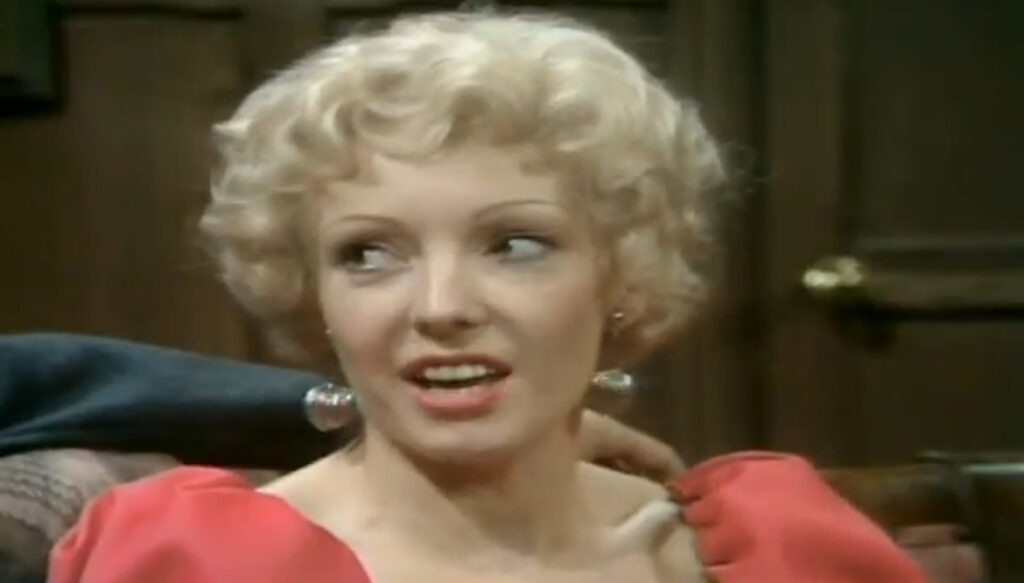
7. **Examining His Significant Recurring Role in ‘Alice’**While Lou Cutell was primarily known for his extensive guest-starring roles, he also enjoyed a more sustained presence in certain television series, notably his recurring role in the sitcom “Alice.” Appearing in four episodes between 1981 and 1984, Cutell’s multi-episode arc as different characters, including an angry customer and simply “Lou,” allowed him to delve deeper into character portrayal than a typical one-off appearance might have permitted. This recurring presence underscored his reliability and comedic prowess.
The sitcom “Alice,” set in a diner in Phoenix, Arizona, was a popular show throughout its run, providing a consistent platform for Cutell to showcase his talents. His ability to fit seamlessly into the established comedic dynamic of the show while bringing his unique touch to various characters demonstrated his versatility. Whether he was portraying a disgruntled patron or another distinct personality, Cutell’s performances added layers of humor and authenticity to the series.
This role was a testament to his value as an actor who could be brought back in different capacities, contributing to the show’s ongoing narrative without being tied down to a single, static character. It highlighted his flexibility, a trait highly prized in the fast-paced world of television production. His appearances allowed viewers to become more acquainted with his acting style over time, distinguishing him from actors who might only appear once.
Cutell’s recurring role in “Alice” further diversified his portfolio, proving that he was equally adept at shorter, impactful guest spots as he was at building a more consistent, albeit varied, presence across multiple episodes. It showcased his enduring appeal and his capacity to become a beloved fixture in a successful television series, solidifying his status as a truly adaptable and essential character actor in the industry.

